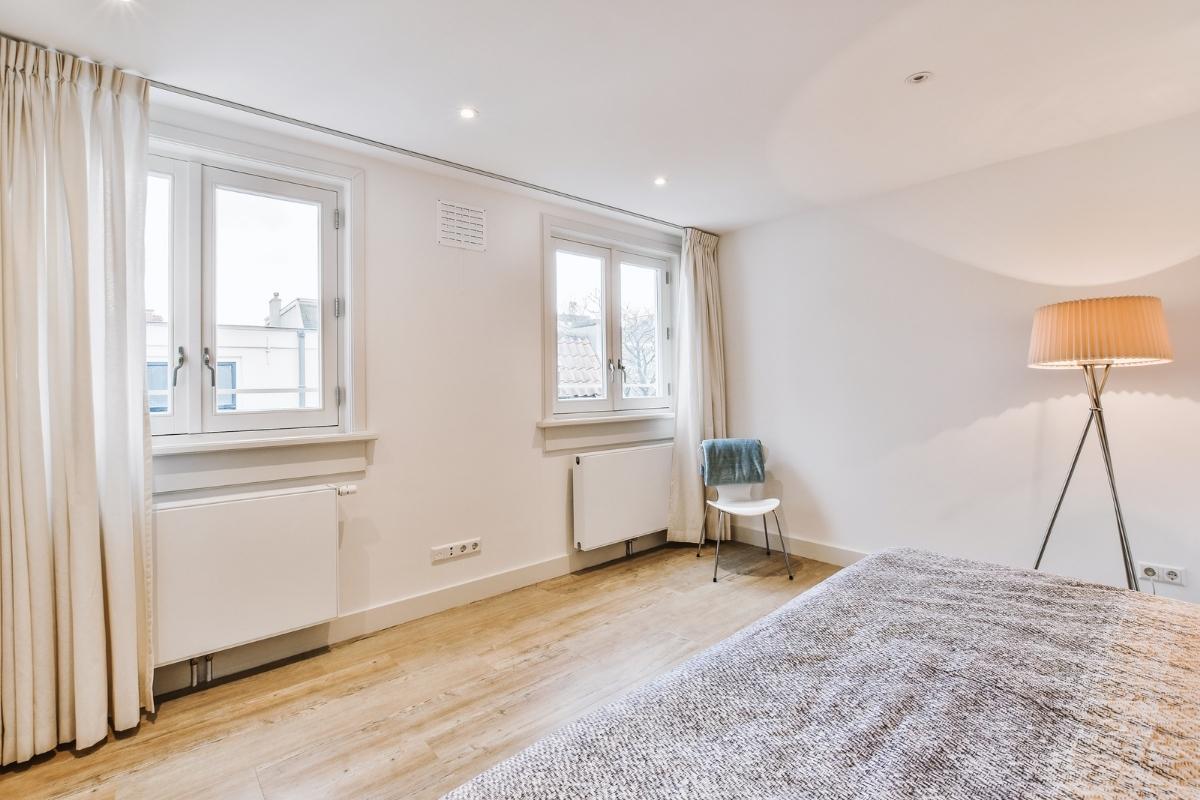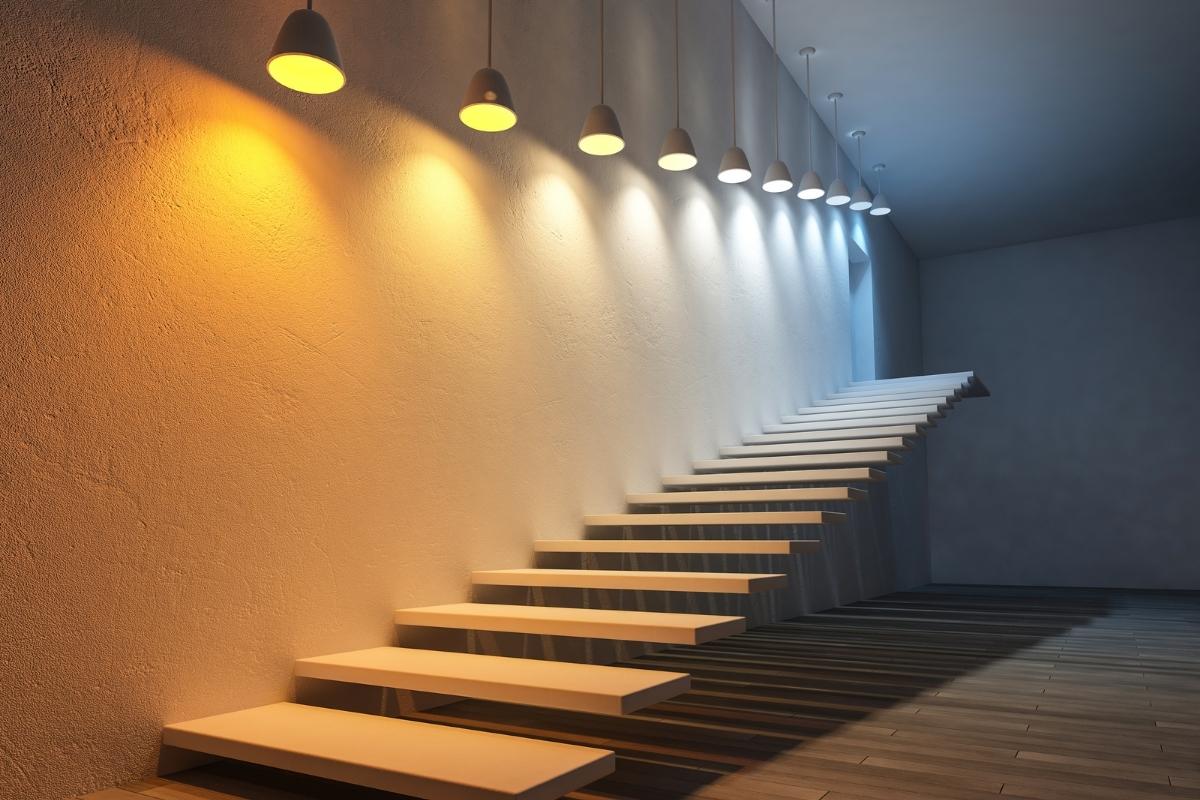Most people do not think about interior lighting when they start decorating their home, but it is actually the light that shows off a space to its full advantage. Keep in mind that lighting can make or break the ambiance of any space, so do not leave the lighting design to the last minute, and do not make hasty decisions.
With clever and thoughtful planning, lighting design does not have to be that difficult. When it comes to designing lighting for a space, it is crucial to think about both the practical and aesthetic aspects of the space. However, it is also important to consult specialists when necessary in order to ensure that the lighting design is both effective and aesthetically pleasing.
Here are some basic tips that might prove useful in creating a successful interior lighting scheme, which is the key to balancing all elements in any space.
Multi-Layered Approach
A single hanging fixture is not the only option, and often its light is inadequate for illumination or decoration. Generally, poor lighting decisions can wash out color and texture and make the space look plain and ordinary. Addressing poor lighting can restore space to its former glory by emphasizing the colors and textures that make it special. For example, by installing a light fixture with a bright spotlight, you can spotlight a specific element in the room, such as a painting or sculpture, and make it more visible.
So, always consider including different types of lighting and sources of light, thus creating a flexible lighting scheme that meets your needs.
Add General Lighting
Primarily, provide ample general lighting to illuminate the whole space adequately. General lighting is essential in a room. It helps in providing a comfortable atmosphere for you and your family.
The best way to create this kind of atmosphere is to use a mixture of different types of light to create an interesting and varied light pattern. This will help to make the room feel warmer and more inviting.
Add Task Lighting
Sufficient task lighting is a must-have for the zones where specific tasks and activities such as reading, writing, sewing, or cooking are performed. It should be free of distracting glare and shadows and bright enough to prevent eyestrain.
For most rooms in the home, task lighting is not required. However, there are certain rooms where task lighting is essential. These include the kitchen, living room, bedroom, and bathroom.
Add Accent Lighting
To provide visual interest, consider adding accent lighting. Accentuate architectural elements, collectibles, pieces of art, plants, the backsplash over the sink or the fireplace, in general, anything you would like to make a decorative focal point.
Furthermore, it adds an extra dimension to a room, and its proper use can make a room look larger. Take into consideration that effective accent lighting typically requires at least three times as much light on the focal point as the ambient lighting around it.
Create Balance and Harmony in the Space
As interior lighting design directly relates to how each space is perceived, it should be considered an integral part of the space furnishing and decoration.
Keep in mind that even the finest interior furniture and decoration solutions would look dull and unappealing when poorly and inadequately lit.
Lighten up the Space
Let in as much natural light as possible, make layers of light work together to create a dramatic effect with enough lighting options, and go for light, soft, pastel tones and hues.
Try to incorporate light reflective surface, limestone, mosaic tiles, frosted glass, and light-colored cabinets with glass doors are all perfect options to add a feeling of space and tranquility to the décor. Consider using mirrors as they also reflect light and make the space look larger and brighter.
Generally, there are plenty of alternatives on how to maximize the effect of lighting as a component of the interior design scheme to create a feeling of warmth, spaciousness, harmony, and style.
If the space is open and multifunctional, use lighting to both define the different zones and create unity and cohesion by repeating the lighting fixtures.
Play With the Sources of Lighting
A lot of options exist to illuminate the space, such as hanging fixtures, recessed lights, wall sconces, tracks, spotlights, and so forth. Consider using them carefully, think outside the box, be creative and choose these that entirely meet your needs in terms of functionality and esthetics.
Pay close attention to freestanding lamps, table lamps, and uplighters since they are portable lighting options and do not need any additional wiring. They are a great choice to transform any space and enhance its décor immediately.
Choose carefully not only the type of lighting and the source of light, but also the fixture you plan to use. Fixtures come in a variety of shapes, sizes, and materials to choose from to match the characteristics of the space and its style for a balanced look. If you opt for a bold, make-a-statement fixture, it will immediately become the focal point of the room. Try with warm metals fixtures of bronze, copper, gold, and finishes from renewable resources with organic shapes to complement the décor for its modern, updated look.
To summarize, interior lighting significantly influences both the esthetic and functional elements of your living space, so always consider it a key element when decorating your rooms. This is the right approach to creating an inviting, stylish, visually appealing, and well-balanced home.










Thanks for your blog, nice to read. Do not stop.